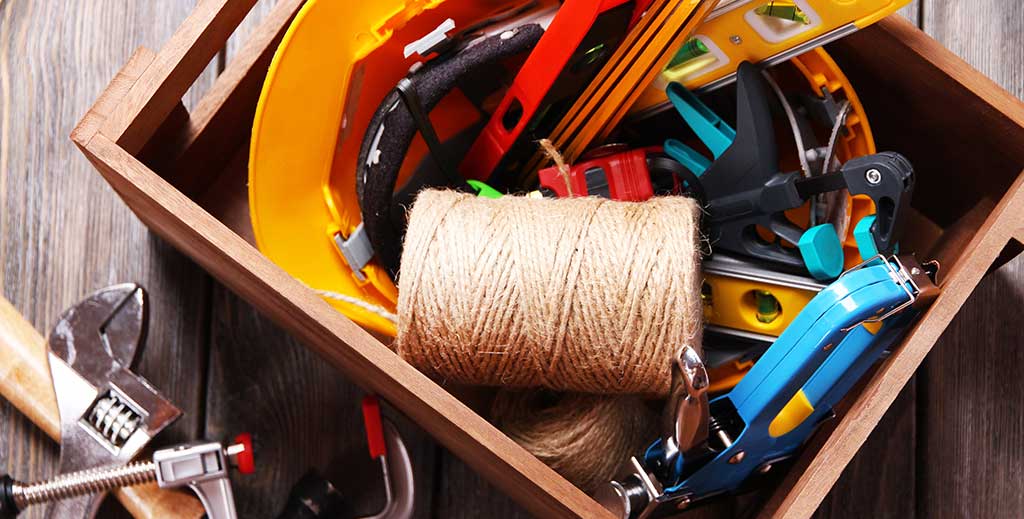Walking Working Surfaces
Supervisor: Name three walking, working surfaces
Answer: Floors, Ladders, Stairways, Platforms, Walkways, Scaffolding
Supervisor: Name three types of ladders
Answer: Fixed, Extension, Step
Supervisor: When using a portable extension ladder, how does one figure the pitch-or angle the ladder must be placed on the wall?
Answer: The horizontal distance from the top support to the foot of the ladder must be one quarter of the working length of the ladder or 1 foot from the wall for every 4 feet of height.
Definitions
- Floor Hole- opening measuring less than 12 inches and more than 1 inch.
- Floor Opening- opening measuring more than 12 inches.
- Handrail- a pipe or single bar supported on brackets, as on a stairway or ramp, to furnish persons a handhold.
- Platform- an elevated working surface above the surrounding floor or ground.
- Toe board- a vertical barrier constructed at the edge of a runway, floor opening, platform or ramp to prevent falls of materials. (4 inches)
- Riser- The upright member of a step situated at the back of the lower tread and at the leading edge of the next higher tread.
- Tread- the horizontal member of a step.
- Ladders: an appliance consisting of two side rails joined at regular intervals by cross pieces called steps, rungs, or cleats, on which a person may step either descending or ascending.
- Rungs- ladder cross pieces of circular or oval cross-section on which a person steps ascending or descending.
- Cleats- ladder cross pieces of rectangular cross-section placed on edge on which a person steps ascending or descending.
- Steps- flat cross pieces of a ladder on which a person may step ascending or descending.
- Cage- a guard or basket guard fastened to a fixed ladder to encircle the climber to prevent falls- 7’.
- Railings- a barrier constructed along the edges of a floor opening, ramp, platform or runway to prevent falls of persons.
- Guardrail- a rail secured to uprights and erected along the exposed sides and ends of platforms.
- Scaffold- any temporary elevated platform and its supporting structure used to support workmen or materials or both.
- Fixed stairs shall be provided for access from one level to another where regular travel between levels is anticipated.
- Stairs must be able to carry a load five times expected load.
Housekeeping:
– All work areas, passageways, storerooms, and service rooms shall be kept clean, orderly and sanitary.
– Floors must be kept clean and dry.
– Working surfaces shall be kept clear of protruding nails, splinters, holes or loose boards.
- Sufficient, safe clearances must be maintained for aisles, at loading docks, through doorways and wherever turns or passage must be made.
- Aisles and passageways shall be kept clear and in good repairs, with no obstructions across or in aisles that could create hazards.
- Permanent aisles and passageways must be marked.
Covers and/or guardrails must be provided to protect personnel from the hazards of open pits, tanks, vats, ditches, etc.
Slips, trips, and falls constitute the majority of general industry accidents.
In one way or another, walking, working surfaces figure into many workplace injuries.
“A good knowledge and understanding of these working surfaces will prevent injuries.”
Thanks for the share, TO!



